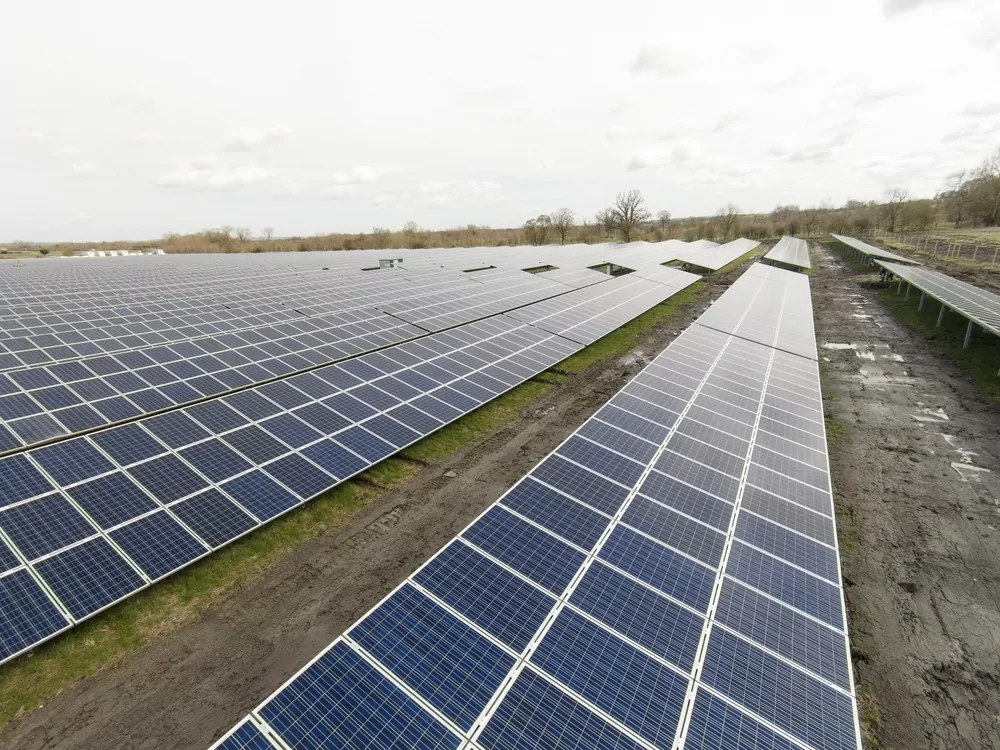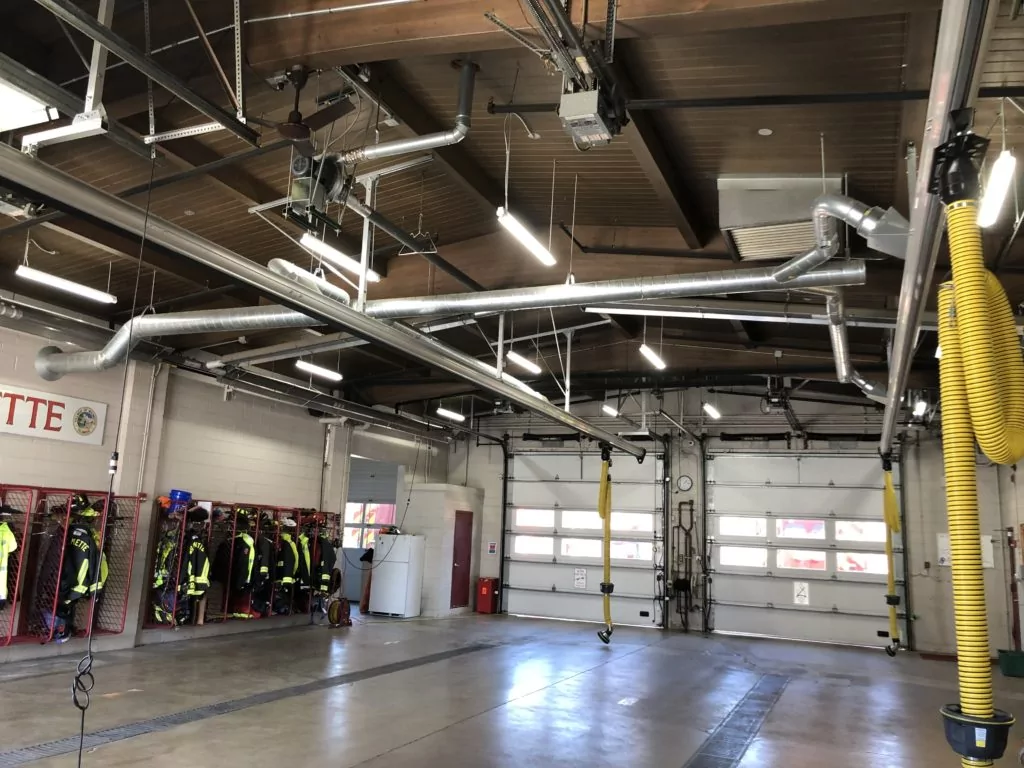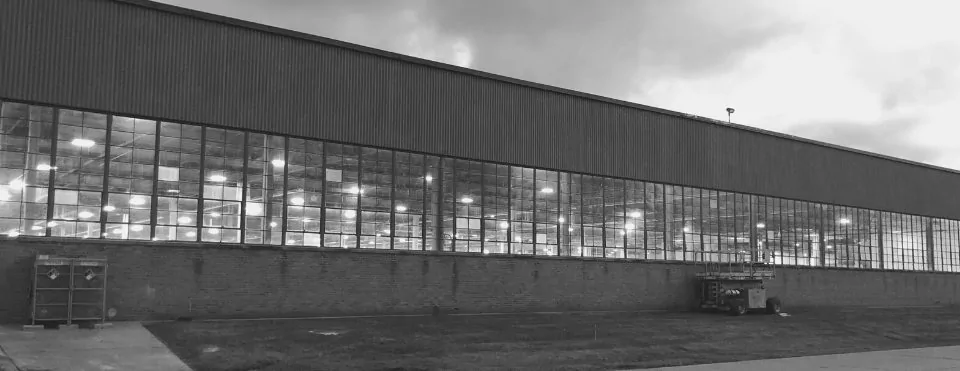CEJA Law Passes in Illinois

Oct 25 2021
September 2021
Illinois had some exciting legislation passed last month. CEJA, or the Climate and Equitable Jobs Act, will stabilize our solar PV (photovoltaic) market in Illinois and provide essential funding for EV Car Charging Stations.
Illinois has grown to be a leader in solar PV production over the past 5 years, but has all exhausted the previously allocated funding for the majority of businesses and government buildings. This new legislation, in combination with the extension of the Investment Tax Credit in late 2020 to maintain a 26% federal tax credit, will put some wind in our sails for solar PV in our state.
This state funding is provided through a line item taxes on all electric utility bills, and is essential to drive more efficiency, solar PV and Electric vehicle adoption in Illinois.
Basic Concept of Solar PV for Non-Residential Buildings
Most of you have probably thought about solar for your home, or been approached by a solar PV installer or provider. Residential homes make great applications for solar – but our big energy users are commercial and municipal buildings. I remember when Verde finished one of our first lighting retrofit projects at Epic Burger in the South Loop – seeing the savings in one month amounted to more than if I pulled the electric meter out of my home for a year. Our commercial and public buildings have diverse usage, large heating and cooling needs, and heavy exterior lighting demands.
Most solar systems are thought of in terms of installed cost per watt. In bigger arrays, the cost per watt can go down. For this reason, commercial and municipal solar PV arrays can actually be more cost effective than a home installation. They are typically bigger and produce more power. In addition to being cost effective, they can simply have a bigger environmental impact than doing this work at a residence.
In Chicagoland, your residential array will consist of 2 basic components – solar PV panels to produce electricity (DC power) and an inverter system to convert it to AC power (which our homes run on). ComEd then installs a net meter, which allows you to send extra power into the grid at times and use the grid like a big battery. The goal is to produce just as much power as you need and no more – and net metering helps accomplish this goal. Removing the need for a battery saves a lot of cost for the installation and is one of the key features that has driven the cost down in Illinois.
What Drives Solar in Illinois?
We don’t have the greatest sun production. We also don’t have really high energy prices, due to our high nuclear energy production in the state. So what drives the adoption of solar by record levels of Illinois businesses? One word – federal tax savings.
The overall cost of solar PV is reduced by Illinois Solar Renewable Energy Credits (SRECs), net meter rebates, and, of course, the energy savings. More importantly, the Investment Tax Credit at 26% of the overall system cost, as well as the accelerated depreciation tax savings – drive most of the commercial decisions on solar. In fact, I have seen really crazy situations with less than a 3 year payback on the original investment with Solar PV for businesses. This imperfect system drives results as business owners do not always care about the environment (but many do), but everyone I have talked to hates to pay taxes. Solar helps a business offset a lot of tax liability.
For those that do not pay taxes, like Non Profits and Municipal Buildings, SRECs are higher by design to help catch up some of that missed federal tax credits and depreciation. Some of these buildings make really great solar opportunities. Fire stations and libraries are some of the few buildings that we know will be here in 25 years – the warranted life of most solar panels.
What makes a good building for solar?
Large flat roofs are ideal situations. Solar panels can be ballasted, meaning they are built on a racking system and held down by something heavy so there is no penetration to the roof. Really old roofs and really new roofs make perfect candidates for a ballasted array that will last 25 years. It does not make sense to add solar to a roof that will be replaced in the next few years, as there would be higher costs in removing and then reinstalling the solar PV system.
Really old roofs can find additional tax credits if they upgrade their roof at the same time as solar PV installation. One of my favorite projects in 2020 was able to install a new roof PLUS solar PV for less cost than just the roof replacement would have been. This is because the Investment Tax Credit includes the roofing costs under the array.
Why We Should Be Installing Solar PV
In my last newsletter, I talked about inflation and the impact on capital investing for sustainability. Investing in Solar PV is a very strong strategy for hedging your bets against inflation. The important thing to keep in mind is that energy rates will never remain flat. If you think about solar as an investment and design your system to return 15% per year if energy rates stay flat, your return will only increase as energy rates increase. You can model for this, or leave flat energy rates for a conservative approach.
If you do decide to add solar PV to your property (or do anything significant around sustainability), it should be talked about. A lot. To employees, to customers, to friends, and family. Solar PV has a huge positive impact on our local carbon footprint. Many people in our immediate communities care about that and want to connect with businesses and employers that make those choices.
Finally, I believe that solar PV is an important part of overall climate mitigation. We cannot avoid it, so let’s put our efforts into lessening the impacts. As storms get more intense, we will be losing power more frequently. I believe that distributed power will be more important for businesses and municipal buildings to continue operating during outages – and solar PV will be a part of that. While your building with solar PV will not keep operating without a battery system due to safety – as battery systems continue to drop in cost, we will find ways to retrofit our systems to do just that – provide resilience for our buildings.
Featured Posts

Mar 15 2021
Energy Savings Formula
In 2002, I became a firefighter in the north suburbs of Chicago. I was young and idealistic - loving almost every part of the job. However, I had another secret passion - sustainability. In addition…
Continue Reading >

May 02 2019
Verde Energy Efficiency Experts 10 Most Sustainable Companies in Chicago
In our energy efficiency consulting firm, we constantly look for inspiration from local companies that lead and innovate in clean energy and sustainability. Not all companies have billion dollar budgets, but that doesn’t mean that…


